Located at the southern tip of South America, Patagonia stretches across Argentina and Chile. This vast region is home to diverse ecosystems—from Patagonian forests and cold rainforests to grassland plateaus, steppes, rivers, lakes, and islands. Due to its ecological richness, Patagonia supports an impressive variety of unique wildlife, many of which are endemic to the region.

In this wildlife guide, we explore 25 representative animals of Patagonia, describing their key characteristics, habitats, conservation status, and the ecological roles they play.
A rare marsupial native to the Andean-Patagonian forests.
Plays a crucial role in seed dispersal.
Genetically closer to Australian marsupials than to American ones.
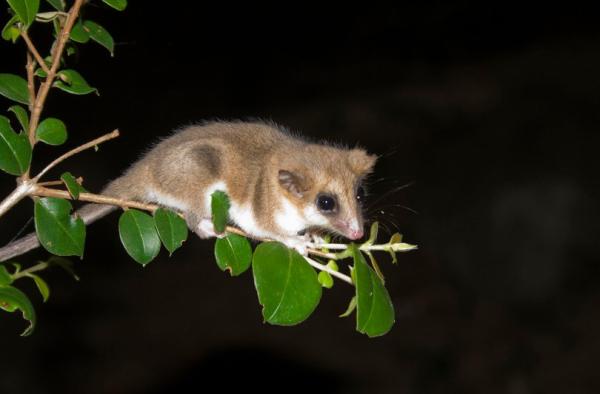
Also known as the Andean or red fox.
Solitary, nocturnal, and feeds on hares, rodents, and birds.
Threatened by hunting due to conflicts with livestock and fur trade.
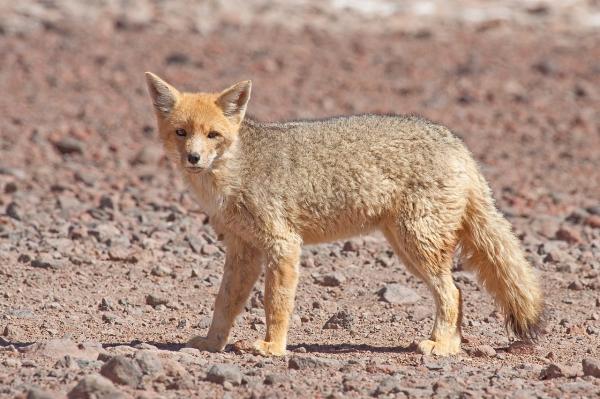
A small, solitary wild cat with gray-brown fur.
Prefers grasslands and scrublands; feeds on rodents and birds.
Population declines due to habitat loss and persecution.

The second-largest cat in the Americas after the jaguar.
Stealthy predator active mainly at night; regulates prey populations.
Inhabits diverse landscapes from forests to open plains.
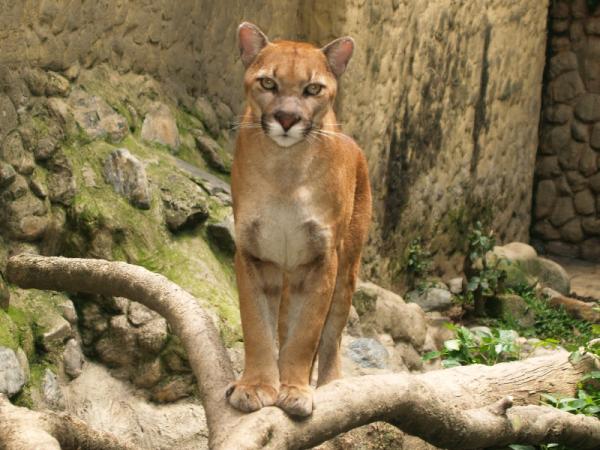
The largest wild camelid in South America.
Found in arid and semi-arid areas; forms family and bachelor groups.
Herbivore with diurnal habits, highly territorial.

An endangered deer species found in Argentina and Chile.
Lives in high-altitude forests; descends to valleys in winter.
Protected as a national natural monument in both countries.

A large rodent resembling a hare, endemic to Argentina.
Fast runners, social, and dig burrows to hide from predators.
Diurnal and herbivorous.

A burrowing rodent with gray fur and a bushy tail.
Lives in colonies; active at night and herbivorous.
Prefers steppe regions with suitable soil for burrowing.

Also known as the Darwin's rhea or ñandú.
A large flightless bird that roams open grasslands and plateaus.
Can run at high speeds; forms groups outside breeding season.
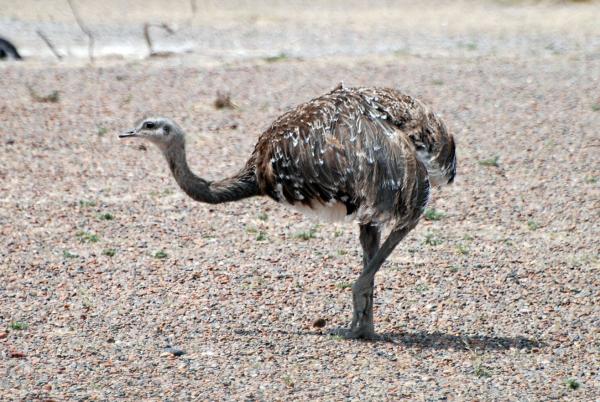
Nests along the southern coasts of Argentina and Chile.
Black-and-white plumage aids in ocean camouflage.
Faces threats from climate change, fishing industries, and oil pollution.
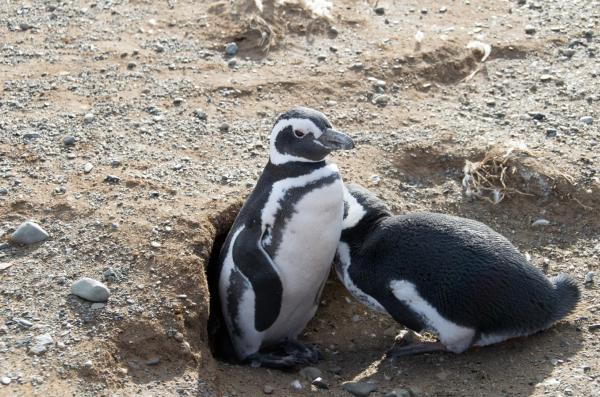
Inhabits Andean-Patagonian forests.
Feeds on insects by pecking into tree trunks.
Males have red heads; females are black-headed.

A venomous snake endemic to Argentina.
Recognized by its upturned snout and dark “U”-shaped marking.
Non-lethal but can cause tissue damage; lives in rocky steppes.
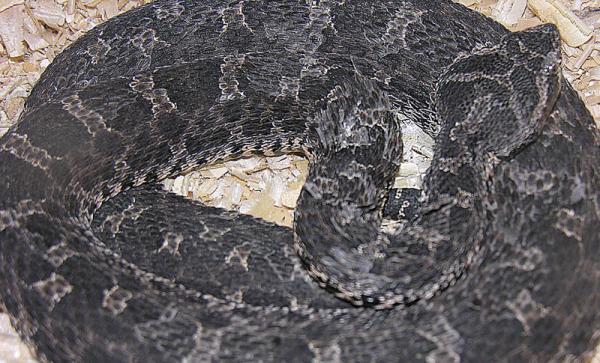
A robust lizard with a large head and short limbs.
Hides in crevices and rocks; bluish-gray with butterfly-like markings.

Small gecko with mottled brown-gray scales and irregular bands.
Insectivorous and oviparous; lays a single egg in summer.
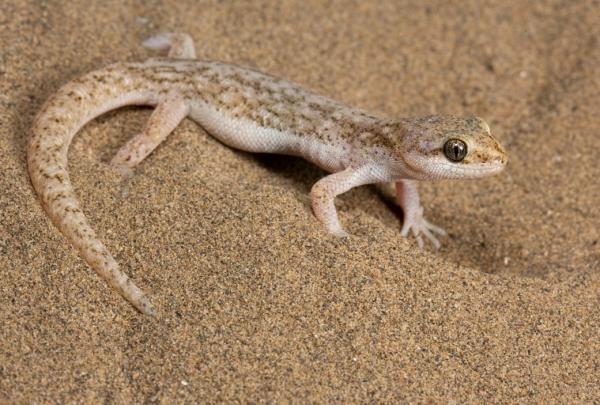
Found in lakes and streams of northern Patagonia.
Greenish body with black spots; vulnerable to invasive salmon.

| Common Name | Scientific Name | Notable Traits |
|---|---|---|
| Hairy Armadillo | Chaetophractus villosus | Has protective armor; skilled digger |
| South American Gray Fox | Lycalopex griseus | Agile nocturnal hunter |
| Geoffroy’s Cat | Leopardus geoffroyi | Elusive wildcat of forested areas |
| Humboldt’s Skunk | Conepatus humboldtii | Uses scent spray as a defense |
| Southern Pudu | Pudu puda | Smallest deer in the world |
| South American Sea Lion | Otaria flavescens | Roams Patagonian coasts in large colonies |
| Chucao Tapaculo | Scelorchilus rubecula | Ground-dwelling songbird found in forests |
| Rusty-backed Monjita | Neoxolmis rubetra | Inhabits open shrublands |
| False Coral Snake | Xenodon semicinctus | Colorful but non-venomous |
| Four-eyed Frog | Pleurodema thaul | Has eye-like spots for predator deterrence |
Patagonia is not just a breathtaking landscape; it is a global biodiversity hotspot. Each of these animals plays a vital role in maintaining ecological balance. Threats such as climate change, habitat destruction, invasive species, and human exploitation are putting pressure on these unique creatures.
Conservation steps you can support:
Strengthening environmental protection laws
Expanding national parks and wildlife corridors
Promoting ecotourism and sustainable practices
Educating the public about local wildlife
By raising awareness and supporting conservation, we can help ensure that Patagonia’s wild residents continue to thrive for generations to come.
If you're passionate about nature and want to explore more about wildlife around the world, visit our Wild Animals category for in-depth articles and resources.
animal tags: Patagonia Animals
We created this article in conjunction with AI technology, then made sure it was fact-checked and edited by a Animals Top editor.